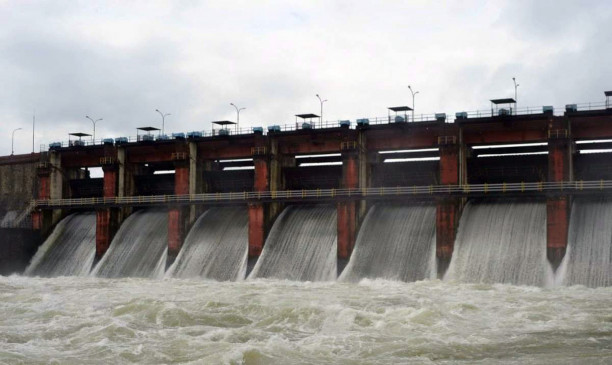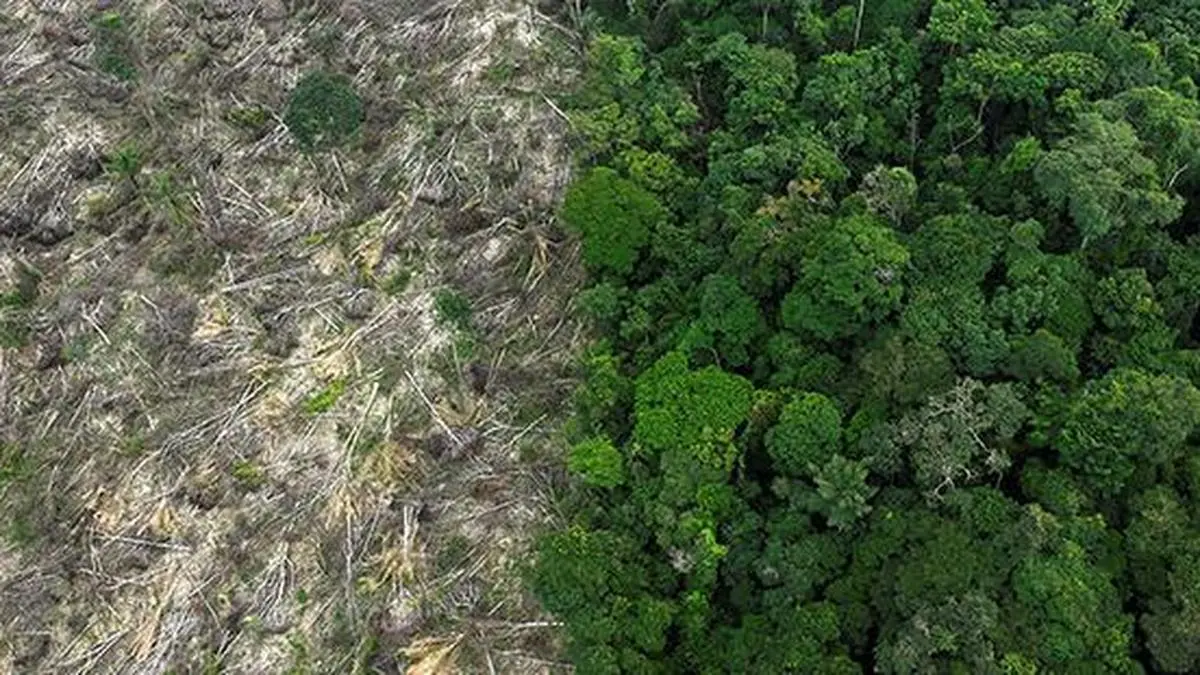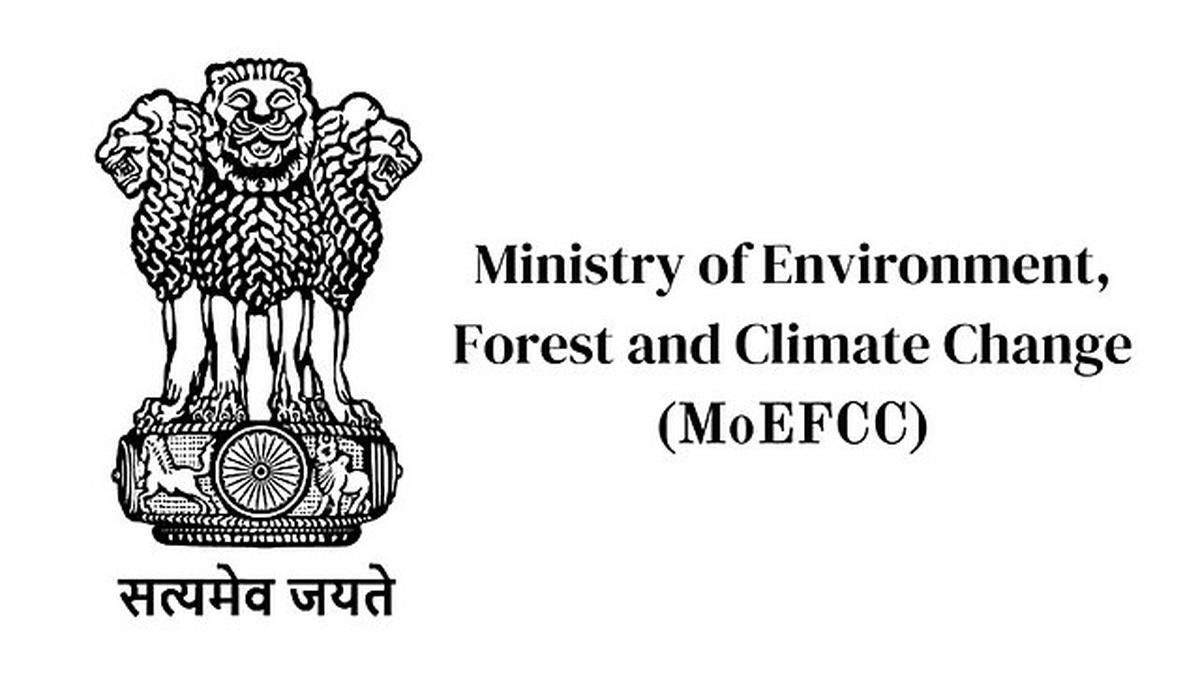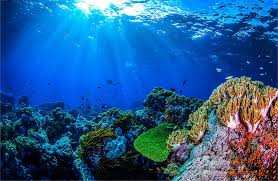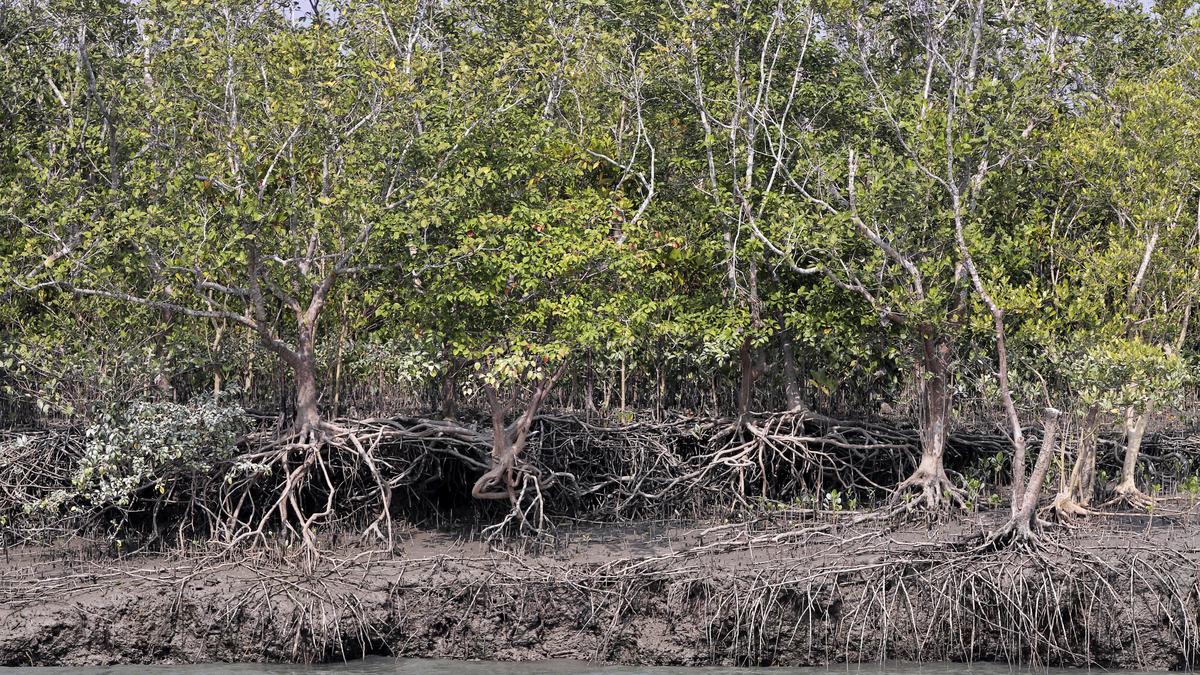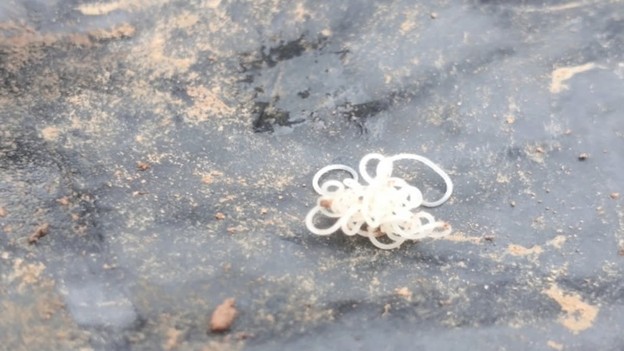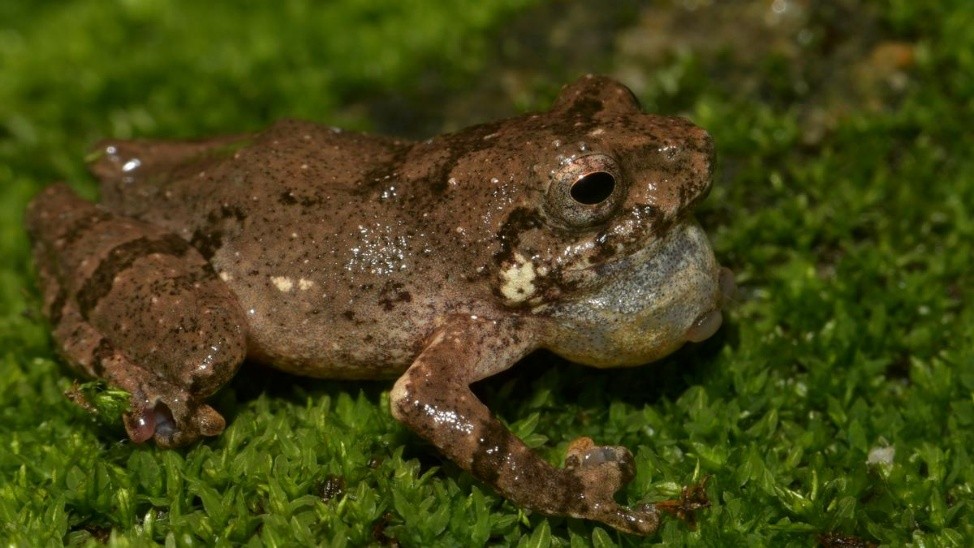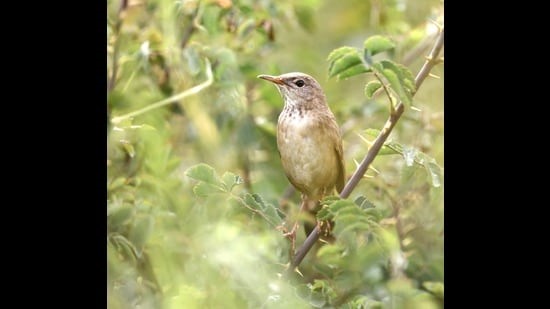Description
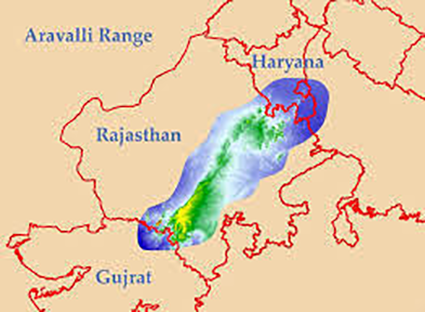
Disclaimer: Copyright infringement not intended.
Context
- Wildlife and nature enthusiasts, as well as conservationists in the region, have praised the initiative to build a forest safari and hiking trails in Aravalis, which is part of Gurugram.
- While wildlife specialists hope that exposing the Aravalis to commercial tourists would not disrupt the fragile environment, they believe that making the Aravalis a national park will provide better protection for its forests and animals.
Aravali Range
- The Aravalli Range, often called Aravali Range, is a hill chain in northern India that runs 350 miles (560 kilometres) northeast across Rajasthan state. Isolated rocky outcroppings can still be seen to the south of Delhi.
- The system is split into two sections: the larger Sambhar-Sirohi ranges, which include Guru Peak on Mount Abu, the highest peak in the Aravalli Range, and the shorter Sambhar-Khetri ranges, which are made up of three discontinuous ridges.
- The Aravalli Range is abundant in natural resources (including minerals) and acts as a barrier to the western desert's expansion.
- Several rivers flow from it, including the Banas, Luni, Sakhi, and Sabarmati.
- Though highly wooded in the south, it is mostly desolate and sparsely inhabited in the north, consisting mostly of sand and stone and masses of rose-colored quartzite.
What is the significance of the Aravalli Range?
- Acts as a barrier to prevent additional desertification in Rajasthan's east, and afterwards in the Gangetic plains.
- If the erosion of the natural barrier known as 'The Aravali' continues unchecked, dust storms may become more powerful and frequent.
- Responsible for ensuring enough monsoon rainfall, which in turn supports a diversified flora and fauna, rich biodiversity, livelihood, and agriculture in the member states.
- The Aravalli serves as a barrier for clouds to move eastwards to the lower Himalayas, influencing the climate of north India.
- The plains are protected from the effects of westerly winds from Central Asia.
- Despite its diminishing forest resources, the Aravalli serves as a buffer for the urban landscape, absorbing the strain and shock of increased anthropogenic activity and pollution.
- An Aravalli that is greener serves as a groundwater recharge for a region that is experiencing severe water scarcity.
Challenges and Issues
- Left-over mines, artificial pit-lakes, falling groundwater levels, loss of biodiversity and disease incidence, insect assaults (Termite), and man-animal conflict in the regions have painted a bleak image throughout the years.
- It fundamentally embodies the ills of unthinking exploitation, plunging the Aravalli and its constituent parts into protracted periods of irrevocable ruin.
- According to a research published by the Wildlife Institute of India, Aravalli has the most degraded forests in India, necessitating conservation efforts on par with priority conservation regions.
- The laws governing the use of natural resources in different states, such as Rajasthan and Haryana, are incompatible with the aims of sustainable development, which are urgently needed. The importance of a greener Aravalli should be emphasised more.
- Desertification is a real issue growing east of the Aravalli. In a paper issued by the Wildlife Institute of India, groundwater levels are being depleted and the Aravalli range is being breached owing to anthropogenic topographical change in Haryana, at least in 12 places.
- Encroachment of forest land, coupled with dwindling wildlife habitat and dried-up water sources, has driven wildlife to wander into human settlements. Leopards rescued from concrete jungles in Gurugram and other cities attest to this.
Conclusion
- The Aravalli is a key mountain range in our nation, and it is extremely important to the member states, defining their culture, tradition, and history, as well as influencing their environment, climate, and geography, and ensuring the economy and food security of millions of people.
- Citizens, civic society, and state organisations must band together to achieve a shared objective of safeguarding and restoring the Aravalli through a variety of approaches.
- For this generation and beyond, protecting and preventing future damage of the Aravalli is critical.
https://epaper.thehindu.com/Home/ShareArticle?OrgId=GJD9P4S8P.1&imageview=0
Array
(
[0] => daily-current-affairs/aravali-range
[1] => aravali-range
)






